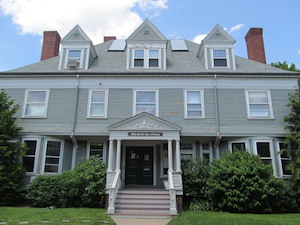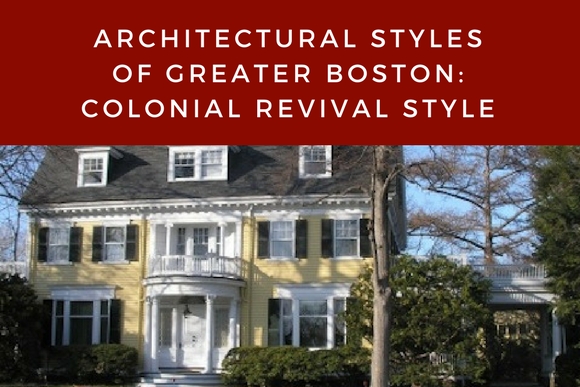One of the most prolific architectural styles in America has roots in a celebration that marked the nation’s centennial and a renewed interest in the nation’s colonial beginnings. In 1876, the United States was 100 years old. To mark the occasion, a grand Centennial International Exhibit opened in Philadelphia, attracting 10 million people. Americans were looking to the past as inspiration for the future—including architects.
Robert Swain Peabody of the Boston-based architectural firm of Peabody and Stearns asked in 1877, “With our Centennial year, have we not discovered that we too have a past worthy of study? . . . our Colonial work is our only native source of antiquarian study and inspiration.”
By “Colonial work,” Peabody was referring to the Georgian and Federal styles of the 1700s and early 1800s. He and other architects sought to create a style based on the architecture of the colonies and early years of the republic.
A Uniquely American Style

Located at Sacramento Street in Cambridge, Massachusetts, the J. A. Wood House is a Colonial Revival house built in 1888 and now listed on the National Register of Historic Places.
Interpretation—not historical precision—was a characteristic of early Colonial Revival architecture. Details such as door surrounds, pilasters, columns, and pediments were often amplified and exaggerated. The style soon evolved toward a more accurate reflection of Georgian forms while also drawing influences from Post-Medieval English and Dutch Colonial architecture. Persisting throughout the 1900s until about 1960, the Colonial Revival style became simpler in the 1940s and 1950s but still reflected uniquely American forms.
A Style That Abounds in Greater Boston
Today, Colonial Revival is considered the most popular architectural style in the country. In greater Boston, it’s certainly one of the most ubiquitous styles. Examples of Colonial Revival can be seen in such locations as Arlington, Cambridge, Boston, Brookline, Newton, and Quincy, and in both residential and nonresidential forms. One well-known example of the former is the Annie Longfellow Thorpe House in Cambridge built in 1887. And one outstanding example of the latter is the Elihu Thomson House, built in 1889 and now Swampscott Town Hall.
To learn more about Colonial Revival architecture, visit our guide. You can also learn about styles from Federal to Second Empire in our Architectural Styles of Greater Boston guide.

